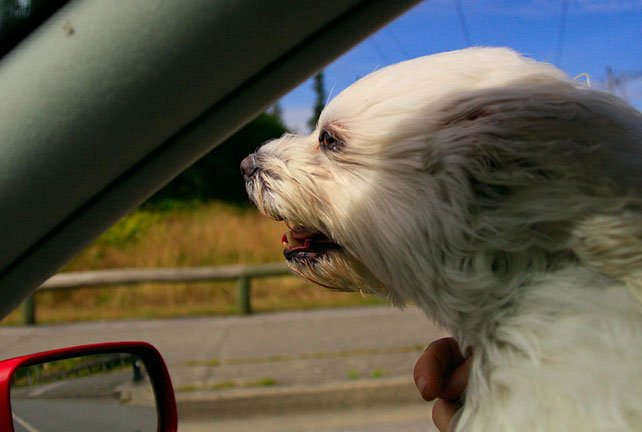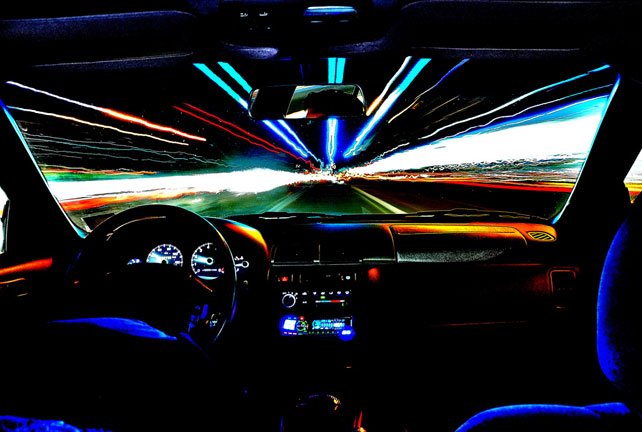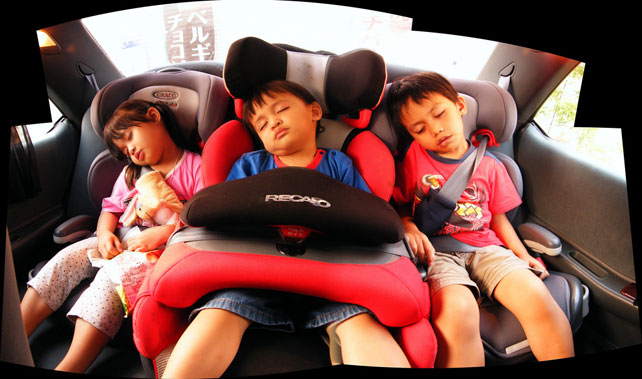Will autonomous cars kill the joy of driving?

Gut reactions to autonomous driving are all over the map. So far, self-driving cars have elicited emotions ranging from breathless anticipation to creeping anxiety and all sorts of prognostications regarding a robotic future.

Because HERE is at the forefront of making automated driving technology mainstream, we decided to step back and ask drivers what it will take them to get comfortable with the idea of getting into a car that drives itself.
Our automotive research team talked to drivers ranging in age from 21 to 55 from Germany and the US - countries where we are rather actively working with auto-makers. We asked them how they relate to their cars now and how automated driving technology will change that relationship.
Drivers love their cars. Our test group saw their cars in a mostly positive light. They told the HERE team that their cars today make their lives easier and give them the freedom to explore the world. They thought driving was fun - our German drivers said nothing could replace the feeling of driving on the Autobahn. They loved taking care of their cars and have the feeling that their cars take care of them. One 37-year-old American woman in the group even said that because she doesn’t have kids, her car is the biggest thing she takes care of.
Getting drivers on board
With that kind of emotional attachment to their cars today, we knew there would be a few roadblocks to getting today’s drivers on board with automated driving technology. Just the idea of letting go of the wheel for a few seconds seems scary and stressful. After all, it’s much easier to trust yourself than a programmed machine you feel you have no control over. And giving up driving all together? Well that takes all the fun out of it.

So what does it take to get drivers on board with the idea of a car taking over more and more functions of driving? Like any good relationship it comes down to trust and most people aren’t going to trust a car that drives like a robot. Instead they want a car that drives like a human does, which changes depending on the situation and a person’s mood. Sometimes you feel like racing down the highway and other times you want a leisurely drive.
Social norms also play a part in influencing our driving behavior. In short, an automated car needs to adapt to its owner and its environment. It means infusing driverless cars with a personality – much like car owners already do with their own cars – so people can form an emotional attachment to the vehicles moving them around. It will also mean preserving brand identities and giving drivers a real choice about the vehicle that gets them places.
Slow and steady wins the race
Most importantly, we found that drivers are more willing to accept changes that come gradually. It has taken time for our cars to get cruise control, parking assist and automated braking. If you look at the investments the auto companies are making today, future enhancements will arrive at a quickening pace.

But the journey to a driverless future will likely still feel like incremental steps. We won’t wake up tomorrow morning to a world of cars driving our quiet suburban streets at 150mph, as Ray Bradbury imagined in Fahrenheit 451. But, a decade out, breakneck speeds like that might be perfectly acceptable. By then drivers will be used to giving up some control over the wheel, so autonomous driving won’t be such a huge leap.
Why does it matter what drivers think?
The paradigm shift that self-driving cars bring will be far more dramatic and the benefits far more enormous, which is why it’s important to take into account how drivers are reacting to the technology and what it'll take them to buy into it.
Automated driving technology, for example, can free up people’s time to bond with other passengers, catch up on the day’s news and do a whole host of other things that they now waste sitting in traffic.

But there is a greater prize. Car crashes can become a thing of the past. Today, human error accounts for about 90 percent of all car accidents, but as humans we’re hardwired to trust in our own instincts rather than hand over trust to a machine. Getting drivers on board with handing over control to their vehicles will be crucial to making our roadways safer.
image credits: waferboard (dog), Dan DeChiaro (speed negative), Emran Kassim (children)
Have your say
Sign up for our newsletter
Why sign up:
- Latest offers and discounts
- Tailored content delivered weekly
- Exclusive events
- One click to unsubscribe